Europe vs the US: Breaking down differences in coffee consumption

The US and Europe are two of the biggest coffee-consuming markets in the world. According to the International Coffee Organisation, Europe consumed 54,065 60kg bags of coffee in 2021 – making it the world’s biggest consuming market that year.
North America, meanwhile, consumed almost 31,000 60kg bags in the same year – making it the third-largest market after Asia and Oceania in 2021.
For a long time, we have largely considered the European and US coffee markets to be very different from one another for a number of reasons. However, as specialty coffee becomes more and more popular in both regions – and given that specialty coffee brands tend to market themselves quite similarly – an important question emerges: how different are they?
To find out, I spoke with two coffee professionals. Read on to find out what they had to say about coffee consumption trends in Europe and the US.
You may also like our article on whether specialty coffee culture is dominated by the US.
Comparing European and US coffee consumption
Before we break down the differences between the European and US coffee markets, let’s first examine how much coffee they consume.
Let’s start with the US. Across the country, coffee consumption has been growing over the past few years. According to data from the National Coffee Association, between January 2021 and March 2022, the country’s coffee consumption increased by 14%. This represented the largest increase since the NCA began collecting data on US coffee consumption – marking a 20-year high.
As per the NCA’s Spring 2023 National Coffee Data Trends report, 65% of US Americans reported drinking coffee in the previous day. This amounts to around 491 million cups of coffee every day.
Similarly, the NCA and Specialty Coffee Association’s latest joint 2023 National Coffee Data Trends Specialty Coffee Report concluded that 59% of US Americans had consumed specialty coffee in the past day. This represents a 2% increase on July 2022 – despite rising inflation rates.
Europe, meanwhile, accounts for around one-third of global coffee consumption. According to data from CBI, the European Union has one of the world’s highest average annual per capita coffee consumption rates: an estimated 5kg of coffee per person per year.
Importing & roasting coffee
Alongside consumption, Europe is also the largest coffee importer in the world. In 2021, Europe collectively imported more than 3.62 million tonnes of green coffee – representing an average annual increase of 1.6% between 2017 and 2021. Germany in particular is Europe’s biggest green coffee importer, accounting for around 34% of total annual imports.
Both Europe and the US are major coffee roasting markets. In Europe specifically, Italy and Germany are the two largest coffee roasting markets, followed by France, the Netherlands, Spain, and Sweden.
As for the US, the value of the coffee roasting market is expected to grow by 6.6% over the next seven years.
Filter first: Coffee consumption in the US
As it’s only several hundred years old, the US has a much less historic relationship with coffee than most European countries. Although coffee was technically introduced to the US in the 17th century, it wasn’t until the mid-1940s that coffee culture really started to develop.
However, that’s not to say that the US doesn’t have a diverse and vibrant coffee culture today.
Findings from the Spring 2023 NCDT report state that 41% of US consumers prefer to use automated filter brewers to make coffee at home. This makes it the most popular preparation method, preceding both capsule (or pod) machines and cold brew, respectively.
In terms of espresso-based drinks, lattes are the most popular beverages, followed by cappuccinos. Surprisingly, espresso also holds second place with the cappuccino, with 16% of US consumers choosing to drink espresso – a beverage traditionally associated more with European countries.
Specific to the US market, flavoured coffee drinks are popular among consumers – with 32% of people drinking them in the past week according to the NCDT report. In order of popularity, some of these flavours include:
Vanilla
Mocha
Caramel, toffee, butterscotch, and hazelnut
Irish cream
More reliance on technology
Generally speaking, the US market is much faster at adopting new coffee trends and technologies compared to other countries and regions, including Europe.
Bill Murray is the President and CEO of the National Coffee Association.
“The US coffee market has almost recovered from the impact of Covid-19, which changed where Americans drank coffee, but not how much they drank,” he says. “In some cases, the pandemic even cemented new trends, like the new popularity of drive-thru and delivery services, as well as the use of apps.”
The 2023 Spring NCDT report found that use of drive-thru and app-based pick-up and delivery services remain higher than pre-pandemic levels. For instance, around 59% of past-day coffee drinkers who purchased beverages from a coffee shop, convenience store, or service station used a drive-thru service. Compared to January 2020, this represents an 11% increase.
Similarly, 29% of people who consumed coffee the previous day used an app to order their beverages – amounting to a 5% increase on January 2020.
The diversity of European coffee culture
There are dozens of countries in Europe, all of which have vast cultural differences. The continent’s coffee culture is incredibly difficult to generalise, giving it a rich diversity and plenty of unique coffee consumption trends which vary heavily from country to country.
As with the US, merchants and traders brought coffee to Europe in the 17th century. However, following this, many coffee houses started to open across the continent. They served as important social and cultural meeting places – and continue to do so today in certain countries.
European coffee culture has had a huge impact on the global coffee sector. Arguably one of the most significant events is when Italian Angelo Moriondo filed a patent for the first-ever espresso machine in 1884. Following this, the espresso machine became immensely popular throughout Italy, as well as the rest of Europe – and can now be found in almost any coffee shop in the world.
In comparison, the US has historically favoured filter coffee (although espresso-based drinks are clearly becoming more popular). With that in mind, however, filter coffee is also immensely popular in Nordic countries – which have helped to drive innovation in the global specialty coffee sector for years now.
Looking at different European coffee markets
Thanks to its diverse range of countries, it’s difficult to generalise coffee consumption trends in Europe.
Looking at Greece specifically, the country is home to around 34.3 coffee shops per 10,000 people – which is the second-highest number in western Europe.
Petros Malousis is the Development & Operations Manager at CoffeeLab in Greece. He tells me more about Greek coffee culture.
“The coffee-drinking habits of Greek consumers are completely different in relation to other markets,” he says. “For example, Greeks love freddos, and I don’t think that will ever change.”
Alongside a thriving specialty coffee scene, Greece also has a more traditional coffee culture. Kafeneia (traditional Greek coffee houses) are still popular, with many people preferring to drink Greek ibrik coffee – also known as ellinikó. Ibrik, or cezve, coffee is also popular in countries like Croatia, Serbia, Cyprus, and Turkey – although the latter is only partly located in Europe.
“We have seen many larger multinational chains try establishing themselves in Greece, but not many have succeeded,” Petros adds.
In comparison, Switzerland consumes more coffee than Greece, but only has about 2.5 coffee shops per 10,000 people. Norway, meanwhile, spends the most money on coffee per capita per year.
Other European countries like Spain, Italy, Austria, Germany, and France are also renowned for their individual coffee cultures. In Italy, for instance, espresso is so culturally significant that the country has applied for UNESCO heritage status more than once over a period of several years.
Moreover, most espresso bars in Italy charge around €1 (US $1.07) for a single espresso. This is largely due to price regulations, but also because specialty coffee shops and roasters have struggled to establish themselves in Italy.
Do coffee trends in Europe and the US cross over?
So, espresso has been more prominent in Europe for some time. Filter coffee, meanwhile, has been more associated with the US – both in and out of the home.
Historically, in recent years, coffee consumption trends between the US and Europe have been converging.
For example, many consumers in both markets are becoming increasingly focused on convenience. The pandemic certainly accelerated this trend, with many coffee shops in both the US and Europe adopting cashless payment and automated ordering systems.
At the same time, demand for ready-to-drink (RTD) coffee is also becoming more popular in both markets, particularly among younger generations who favour both convenience and quality. Additionally, cold brew has also become a mainstay in the US and Europe – although notably more in the former.
The rise of specialty coffee
Perhaps the biggest change over the last decade or so, however, has been the growing demand for higher-quality and more sustainable coffee in both Europe and the US.
“The demand for 100% arabica coffee and single origins has grown a lot in recent years in Greece [as well as other European markets],” Petros says. “Specialty coffee is here to stay, with consumers aged between 18 and 34-years old becoming increasingly interested.”
In the US, Bill doesn’t expect growth of the market to slow down any time soon either.
“Consumers have access to a wide array of coffees and beverages to meet their changing tastes and needs,” he explains. “We also expect that more health-conscious consumers will become more interested in coffee and its unique health benefits.
“These factors will only continue to drive the already record-high consumption of coffee in the US,” Bill concludes.
Despite the fact there are distinct cultural differences in coffee consumption between the US and Europe, convergence in some areas appears to be universal. A growing demand for convenience and higher-quality coffee is shared across the two markets.
Despite this, it still seems that espresso retains its crown in much of Europe – while the US’ filter coffee culture persists. However, whether or not this will continue to be the case remains to be seen – as does how both markets will evolve.
Enjoyed this? Then read our article on filter vs espresso in the US and Europe.
Perfect Daily Grind
Want to read more articles like this? Sign up for our newsletter!
The post Europe vs the US: Breaking down differences in coffee consumption appeared first on Perfect Daily Grind.
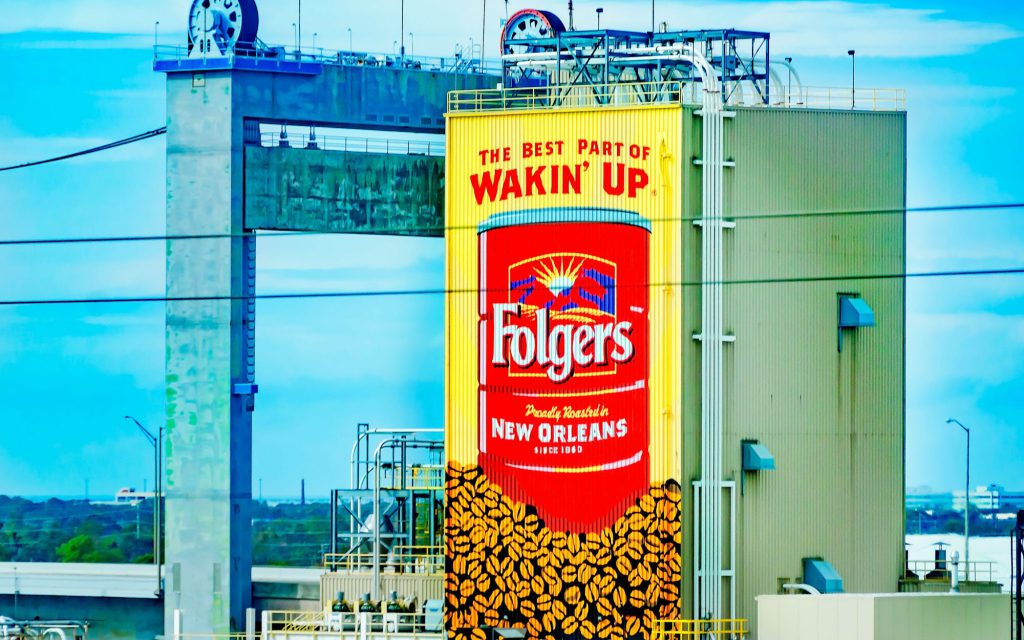
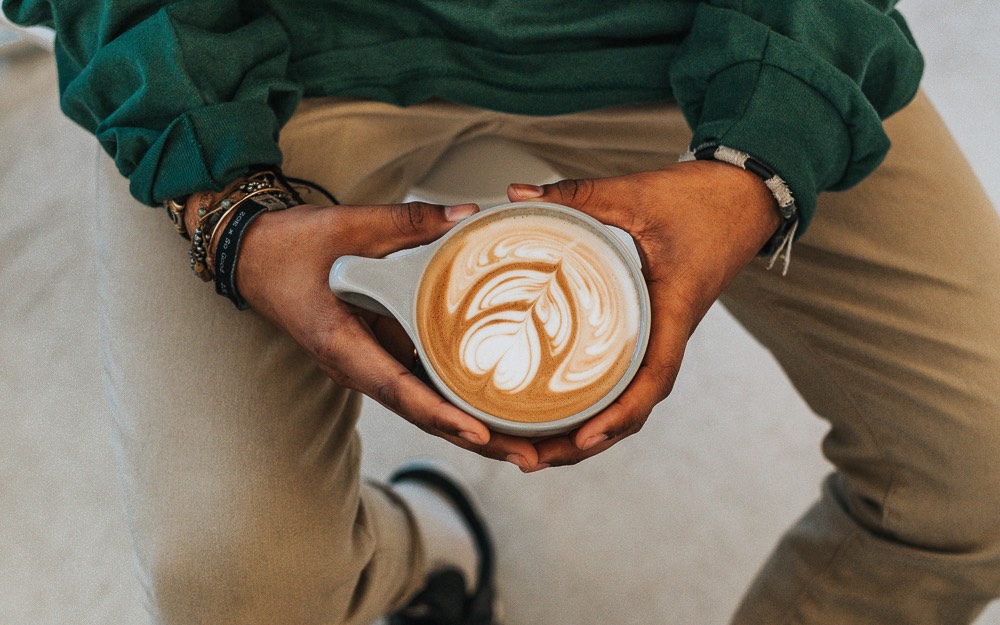
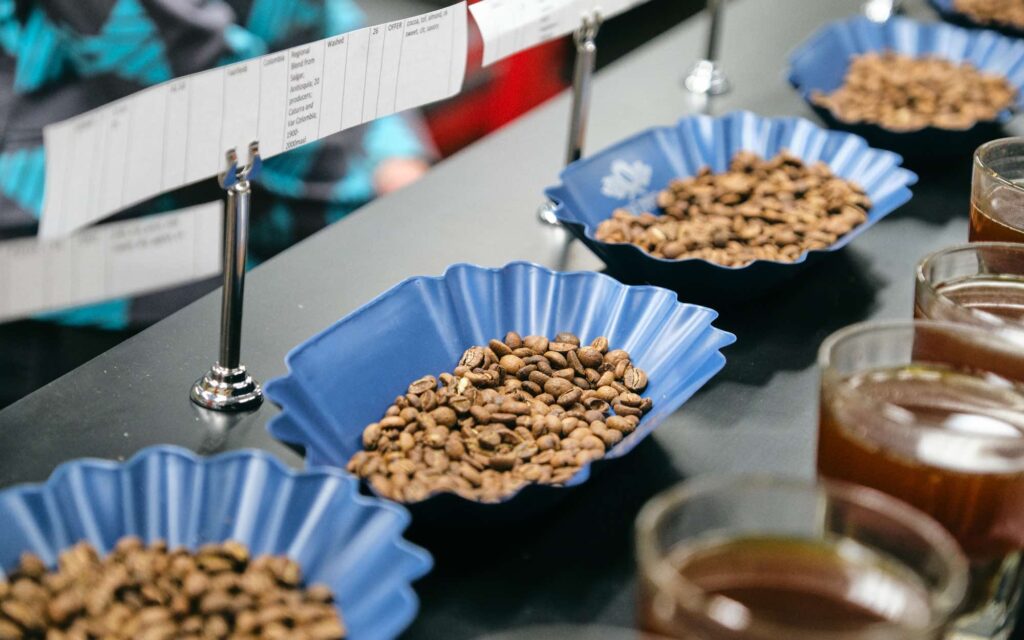
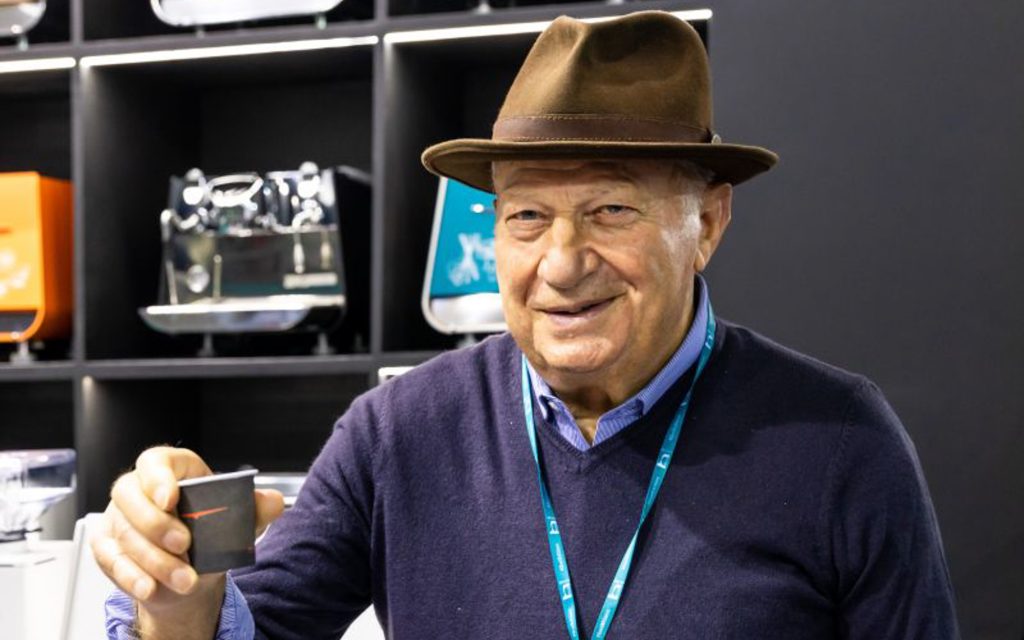
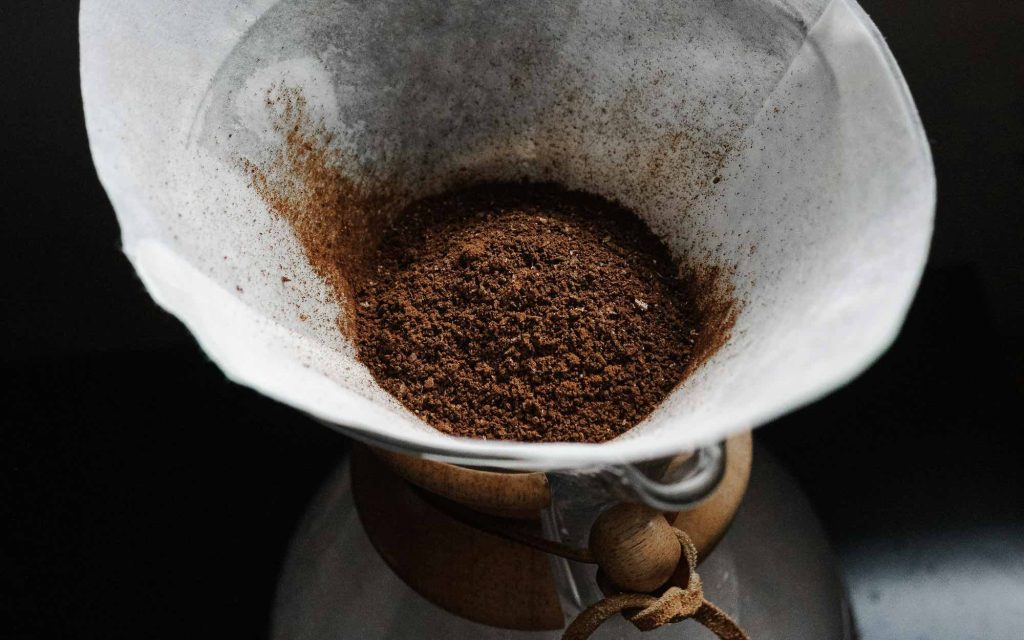
Responses